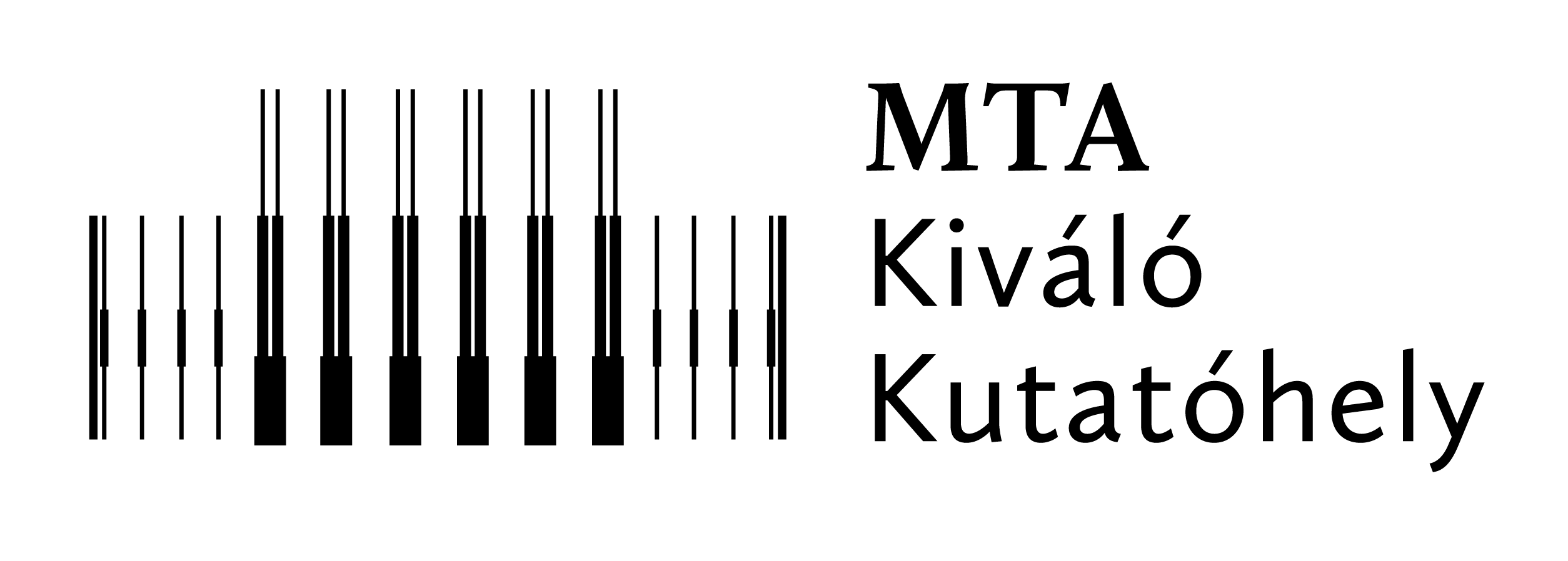2017
The Femtoscopy Research Group is actively participating in theoretical research and in experimental research in the PHENIX experiment at the RHIC accelerator, Brookhaven National Laboratory and in the TOTEM experiment at Large Hadron Collider (LHC) at CERN. We have achieved important breakthroughs in each research direction during 2017:
In our theoretical femtoscopy related research, we have discovered
- new families of exact solutions of 1+3 dimensional, rotating, multi-component, nonrelativistic fireball hydrodynamics;
- new families of exact solutions of accelerating 1+1 dimensional, relativistic perfect fluid hydrodynamics with realistic equations of state;
- new families of perturbative solutions of accelerating, viscous 1+1 dimensional relativistic viscous hydrodynamics.
During the academic year we have organized and participated in an extremely large number of conferences where most of these new results were presented, and we started to write-up these results in conference proceedings and manuscripts submitted for a publication. We expect that most of the new solutions will be published subsequently during 2018.
In our TOTEM related femtoscopy research, we have discovered
- new structures in the excitation function of the total cross section, the rho and the B parameter of elastic proton-proton scattering. This result is interpreted as the discovery of the Odderon (or vector glueball, a 3-gluon bound state).
In our PHENIX related femtoscopy research, we have discovered
- that d+Au collisions and 3He+Au collisions feature perfect fluid properties down to as low nucleon-nucleaon center of mass energies as 19.6 GeV. T. Csörgő acted as the Chairman of the Internal Review Committee on this publication.
- in 0-30% Au+Au collision at 200 GeV, the shape of the Bose-Einstein correlation function is significantly different from the usual Gaussian shape. The Levy form however describes the data, opening a new series of papers. The manuscript was submitted for a publication and several Levy related Bose-Einstein corrrelation measurements were presented by members of the Hungarian PHENIX group at conferences during 2017, with publications to appear in 2018.



